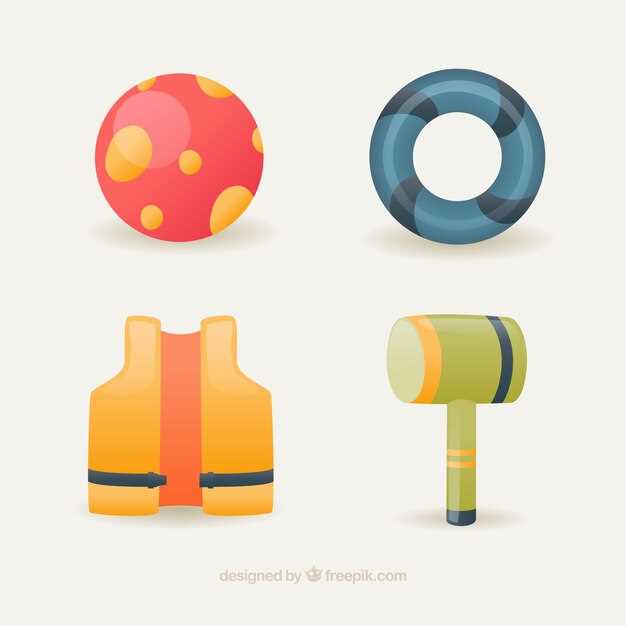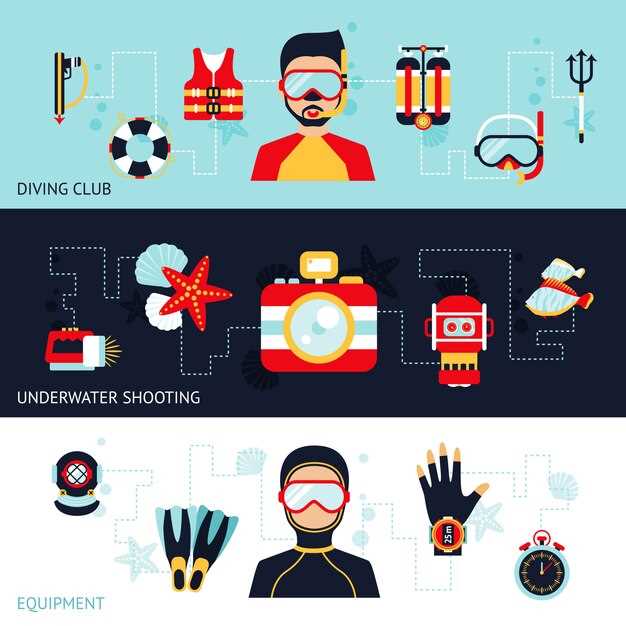
When it comes to water-based activities, ensuring safety is paramount. Life jackets, a crucial piece of gear, are designed to keep individuals afloat and minimize the risk of drowning. Understanding the different types, sizes, and regulations surrounding life jackets is essential for anyone engaging in water sports, boating, or fishing. This comprehensive guide will shed light on these vital safety devices.
Life jackets come in various types, each tailored to specific situations and user needs. From the traditional buoyancy aid to more advanced inflatable jackets, knowing which type suits your activity is critical for promoting safety. Additionally, properly fitting the life jacket based on size ensures maximum effectiveness. An ill-fitting jacket can compromise your protection when it matters most.
Furthermore, regulations governing life jackets vary by region and activity, often dictated by local laws and safety organizations. Familiarity with these rules not only enhances personal safety but also fosters a culture of responsible water recreation. In this article, we’ll delve into the nuances of life jackets, making sure you are equipped with the knowledge to choose the right one for your safety on the water.
Types, Sizes and Regulations of Life Jackets Explained
Life jackets are essential safety gear designed to provide buoyancy and support in water emergencies. Understanding the different types available, their sizes, and the regulations surrounding their use is crucial for anyone who spends time on or near water.
There are several types of life jackets, each suited for specific activities. Type I life jackets, also known as offshore life jackets, are designed for open, rough waters and provide the most buoyancy. Type II jackets are inshore life jackets suitable for calm waters; they are less bulky and easier to wear. Type III jackets are more comfortable and are often used for recreational activities, such as kayaking and sailing. Type IV devices are throwable flotation aids, like rings or cushions, while Type V jackets are specialized and intended for specific activities, such as windsurfing or emergency responders.
When selecting a life jacket, size is a vital aspect to consider. Life jackets must fit properly to ensure effectiveness. Manufacturers often provide sizing guidelines based on weight and chest measurements. Proper fitting means the jacket should be snug but not restrictive; it should keep the wearer’s head above water while allowing for free movement.
Regulations regarding life jackets vary by location but generally require that all watercraft passengers wear Coast Guard-approved jackets. In many regions, children under a specific age must wear life jackets at all times while on a vessel. It’s important to stay informed about the local laws regarding life jacket use, as compliance can mean the difference between life and death.
In summary, understanding the types, sizes, and regulations of life jackets is critical for safety on the water. Choosing the appropriate jacket not only meets legal requirements but also enhances the chances of survival in case of an emergency.
Understanding the Different Types of Life Jackets for Various Activities

Life jackets are essential safety gear designed to keep individuals afloat in the water. They come in different types tailored for specific activities, ensuring maximum effectiveness and comfort. Understanding the various life jackets available can help you select the right one for your needs.
The first category is the inherent buoyancy life jackets, commonly known as Type I jackets. These jackets offer excellent flotation and are recommended for rough waters and offshore activities. They are designed to turn an unconscious person face-up, making them ideal for ocean boating and long-distance sailing.
Type II jackets, or near-shore buoyancy vests, are better suited for calm waters such as lakes and rivers. These jackets provide good flotation but may not guarantee face-up positioning for all wearers. They are often more comfortable and less bulky, making them a popular choice for recreational boating.
Type III life jackets are designed for various sports and activities, providing freedom of movement. These jackets are often used in kayaking, water skiing, and other active pursuits. They prioritize comfort over flotation, making them suitable for adult users who are confident in their swimming capabilities.
Type IV jackets are throwable devices, such as life rings or cushions, meant to be tossed to someone in need. They are not worn but rather serve as a backup safety option when immediate rescue is required. These devices are essential in larger vessels where a person may fall overboard.
Lastly, Type V jackets are specialized designs that include inflatable jackets and those meant for specific activities like windsurfing or kayaking. Users should carefully read the instructions to ensure compliance with regulations and proper usage in various conditions.
Choosing the correct life jacket for your activity is crucial for ensuring safety in water-related scenarios. Always consider the specific conditions you may encounter and check for compliance with local regulations to keep your adventures enjoyable and safe.
Choosing the Right Life Jacket Size for Safety and Comfort
Selecting the appropriate size for your life jacket is crucial for both safety and comfort. A well-fitting jacket ensures optimal buoyancy and prevents it from riding up, which can hinder movement and create safety hazards in the water.
To determine the correct size, start by assessing your body weight and chest circumference. Most manufacturers provide sizing charts that correlate these measurements with their specific jackets. It is essential to follow this guidance closely, as sizes can vary between brands.
Safety is paramount; a life jacket that’s too loose may come off in an emergency, while a jacket that’s too tight can restrict breathing and movement. When trying on a life jacket, ensure it fits snugly but comfortably. You should be able to move your arms freely without feeling constricted.
Additionally, always consider the intended use of the jacket. For activities such as kayaking or water skiing, a more streamlined design may be preferred, while for general boating or fishing, a more traditional design could offer better comfort and storage options.
Remember: personal preference should also play a role in your choice. If possible, test different styles and sizes in a safe environment to identify which jacket feels the most secure and comfortable. This will enhance your overall experience on the water, allowing you to focus on safety while enjoying your activities.
Navigating Legal Regulations for Life Jackets in Water Activities

Understanding the legal regulations surrounding life jackets is essential for ensuring safety in various water activities. The requirements can differ significantly based on location, type of activity, and the age of participants. Here are key considerations when navigating these regulations:
- Age Requirements:
- Many jurisdictions mandate that children under a certain age must wear life jackets at all times while on the water.
- Grown-ups are often encouraged to wear jackets, but regulations may vary regarding their mandatory usage.
- Type of Water Activity:
- Different activities, such as kayaking, boating, and jet skiing, may have specific gear regulations.
- Some activities require specific types of jackets, such as inflatable life jackets for personal watercraft operation.
- Size and Fit:
- Life jackets must be appropriately sized and fitted to ensure maximum safety.
- Regulations typically mandate that jackets must be Coast Guard-approved and suitable for the wearer’s weight and body type.
- Inspection and Maintenance:
- Regular inspections of life jacket gear are essential to meet legal standards and maintain safety.
- Shredded or damaged jackets may not comply with safety regulations, which could lead to penalties when inspected.
It is crucial for participants in water activities to familiarize themselves with local laws regarding life jackets. Non-compliance can result in fines, safety hazards, and increased risk during water activities.
Awareness of these regulations not only aligns with legal requirements but also enhances overall safety on the water for all involved.



